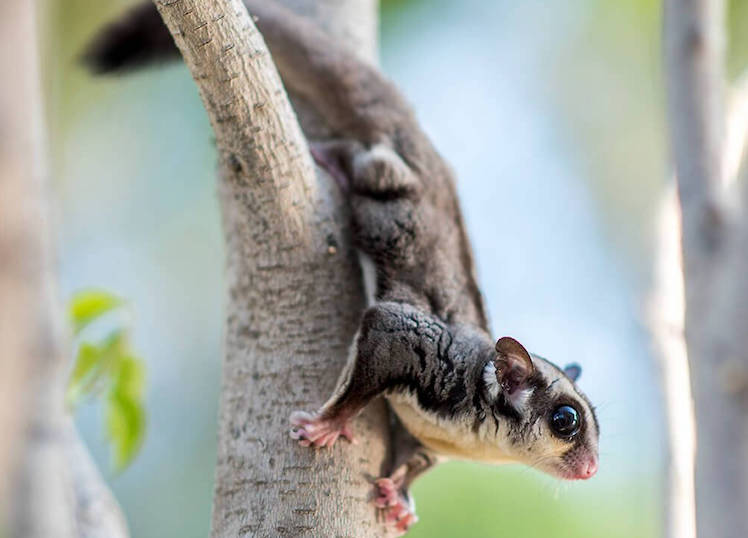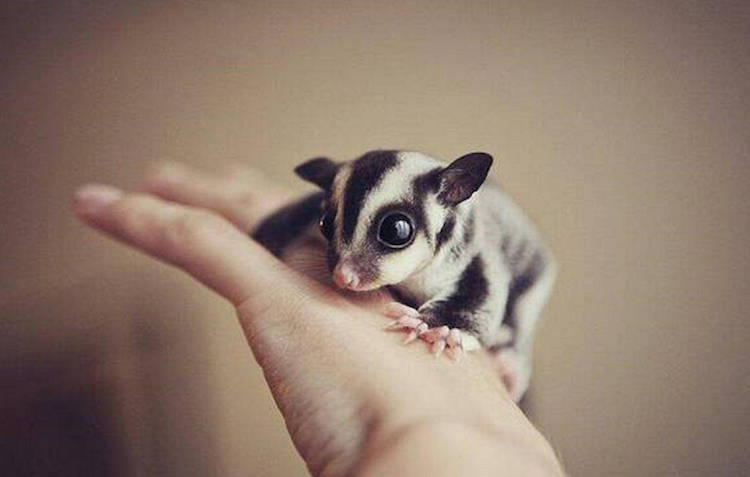Can Pet Sugar Gliders Get Fleas?
(Plus Tips to Prevent Fleas)
A pet owner’s worst nightmare is to discover that their pet has parasites or fleas. Despite the fact that fleas are commonly associated with dogs and cats, pet sugar gliders can also be affected by these irritating insects. In fact, pet sugar gliders can get fleas, and it’s important to be aware of the signs and take appropriate measures to address the issue.
Can Pet Sugar Gliders Get Fleas?
Contrary to popular belief, pet sugar gliders are not immune to fleas, ticks, lice, hookworm, and other infestations. Even with their thick fur, these tiny pests can still latch onto pet sugar gliders and cause problems.
While the dense fur of sugar gliders may make it difficult for fleas to cling on, it does not prevent them from infesting your pet sugar glider.
If you’re unsure whether your pet sugar glider has fleas or not, it’s crucial to be vigilant. In this article, we will explore ways to detect fleas in pet sugar gliders, what to do if you find them, and how to prevent future infestations
What Do Pet Sugar Glider Fleas Look Like?
If you’re wondering what fleas are and how to identify them, they are blood-sucking parasites similar to ticks and lice. Fleas typically have a reddish-brown colour, measuring about an eighth of an inch long. One of their distinct characteristics is their remarkable jumping ability. Fleas can jump up to 8 inches high and as far as 19 inches.
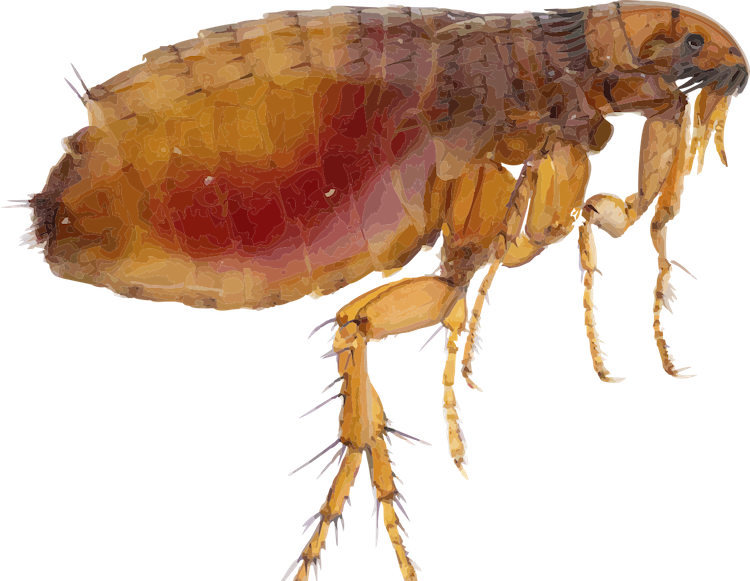
If you notice tiny insects leaping around your pet sugar glider, it may be an indication of a flea infestation.
Where to Look for Fleas?
If you suspect that your pet sugar glider or any other pet may have fleas, it’s important to know where these parasites tend to hide.
While examining your pet sugar glider for fleas is important, simply checking them is not enough. Fleas could have originated from other areas in your home and may be lurking in various spots. Identifying potential flea hotspots in your home can help you effectively tackle the problem and protect your pet sugar glider from further infestations.
Below are some of the common places where fleas tend to hide:
Fleas on Your Pet Sugar Glider
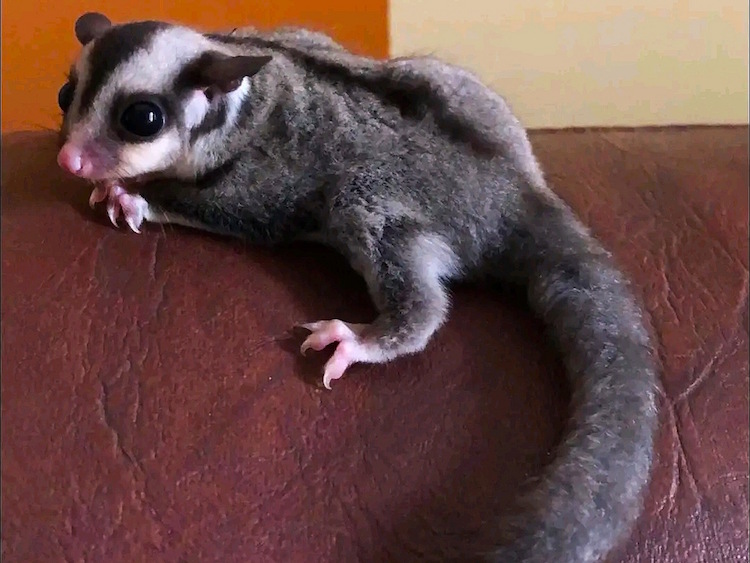
Fleas and other parasites often prefer certain areas on pets, such as the armpits, groin, and other areas with thin hair on their bodies.
When searching for fleas on your pet sugar glider or interacting with them during playtime, it’s important to pay close attention to these specific areas. Regularly checking these flea hotspots can help you detect infestations early and take prompt action to protect your pet sugar glider’s health.
Fleas on Carpets
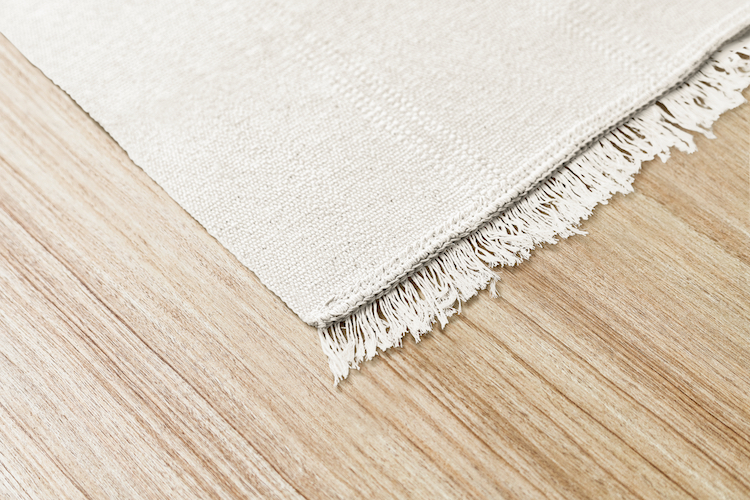
If you suspect that your home has been invaded by fleas or if your pet sugar glider has been infested, it’s crucial to check your carpets (if you have any) for signs of flea activity. These tiny pests can hide and lay eggs deep within the carpet fibers.
To detect fleas, you can use a flashlight and run your hands along the carpet fibers to find any evidence of flea presence. However, fleas can be difficult to spot due to their tiny size. Here’s a simple trick you can try: put on some white or light-colored socks and shuffle your feet around on the carpet.
The heat and friction generated by your movement will attract any fleas, causing them to jump onto your socks. Then, you can use the flashlight to easily spot the fleas on your socks. This method can help you identify flea infestations in your carpets more effectively.
Fleas on Furniture and Bedding

Your pet sugar glider’s favourite accessory or bedding may harbour fleas, and here’s a simple test you can do to confirm if it’s flea dirt. Flea dirt is the faeces of fleas and appears as tiny dark specks on surfaces. Just pour a small amount of water over the suspected areas. If the specks turn reddish in colour when wet, it is likely flea dirt. This happens because flea dirt contains blood from the fleas’ host and reacts with water, resulting in a reddish hue.
Fleas on Other Animals and Plants

If you have other pets that spend time outdoors, or if your pet sugar glider has been outside, it can serve as a potential pathway for fleas to enter your home. Fleas can easily latch onto other animals and hitch a ride into your living space.
Moreover, fleas and ticks often seek refuge in foliage and soil, making it important to exercise caution before allowing your pet sugar glider to play near plants. These areas can serve as hiding spots for fleas and ticks, posing a risk to your pet sugar glider’s health.
Check for Flea Dirt
It’s important to watch out for flea dirt when dealing with fleas in your home. Flea dirt are the droppings of fleas, which resemble small specks of dirt or black pepper flakes.
Treatment for Pet Sugar Gliders with Fleas
Fleas can pose serious health risks to pet sugar gliders, including disease transmission, allergies, anemia, and skin infections. To effectively treat fleas in pet sugar gliders, it’s crucial to address both the pet sugar glider’s environment and seek veterinary guidance for proper treatment.
Remember, prompt and proper treatment is essential to prevent fleas from becoming a serious health threat to your beloved pet sugar glider.
How to Prevent Fleas at Home
Fleas can cause various skin problems for your pet sugar glider, such as itchiness, redness, and dermatitis. While preventing fleas can be challenging, it is possible with some careful attention. The best approach is to stop fleas from entering your home and affecting your pet sugar glider in the first place. Here are a few tips for keeping fleas at bay:
• Regularly clean your sugar glider’s cage and accessories
• Ensure your sugar glider’s water bottle and bowls are always clean
• Vacuum your carpets on a weekly basis
• Regularly wash your bedding
• Maintain a clean yard and eliminate any debris or standing water where fleas could thrive
Conclusion
To sum up, fleas can affect most animals, including pet sugar gliders, despite their thick fur which does not offer much protection against infestation.
Keep a clean environment and regularly examine your glider pet sugar glider’s bedding, food, and water. Moreover, to eradicate fleas completely, it is necessary to routinely inspect areas where they are likely to reside.
Download the JoJo Pets app today for exclusive news and offers at https://jojo-pets.com/
